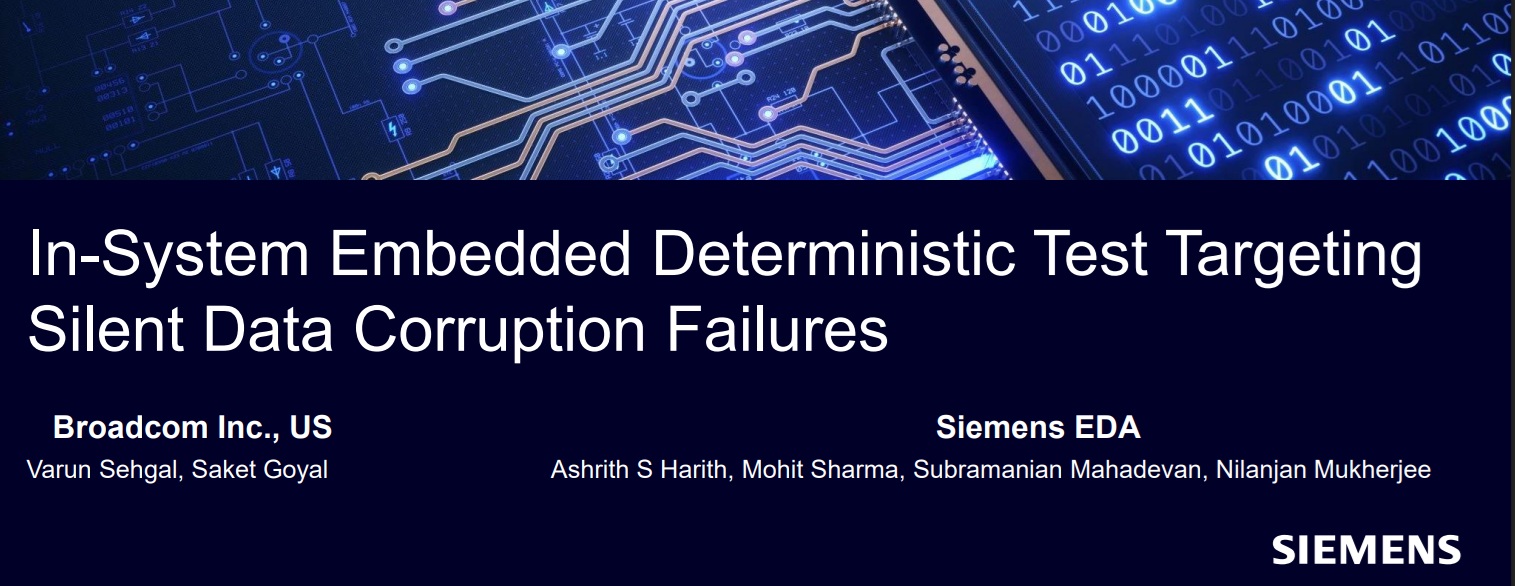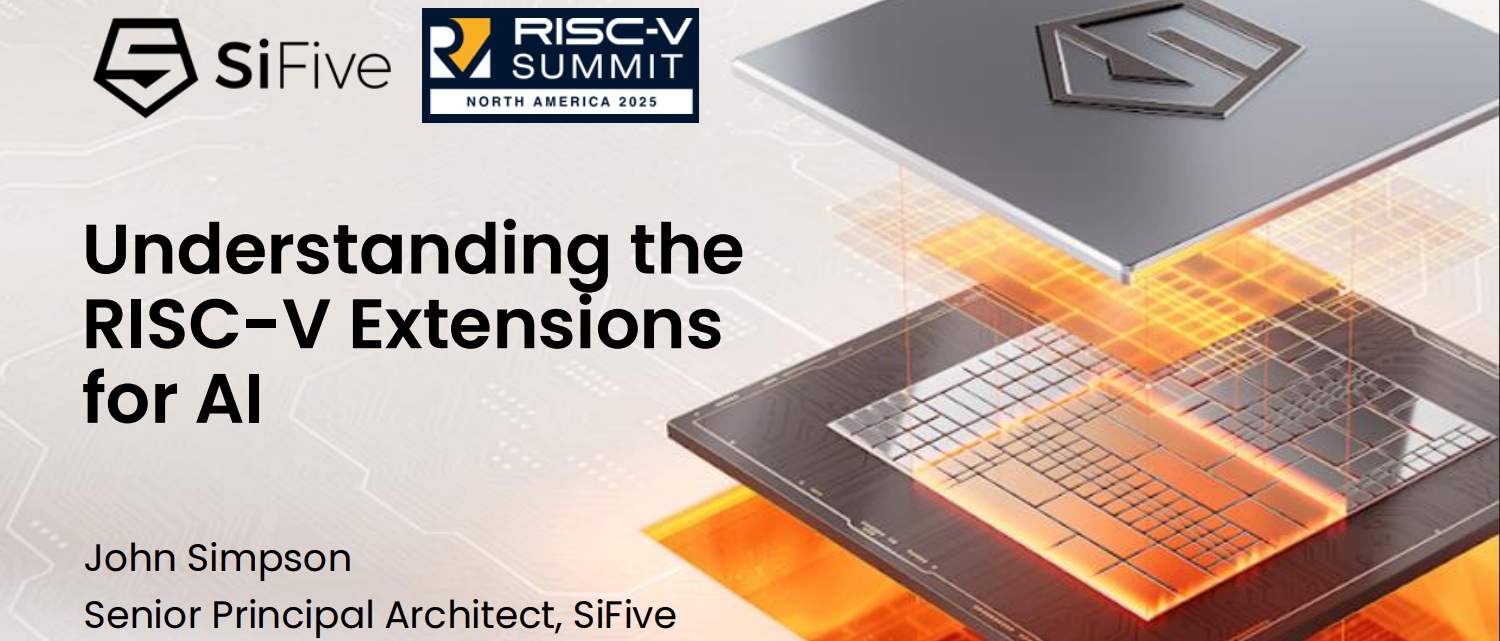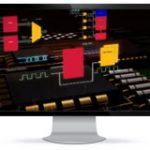For bloggers like myself spending four days at #53DAC is almost a non-stop blur of activity, visiting EDA vendors, IP providers and foundries to learn about what’s happening in our semiconductor industry. Cadence is both an EDA vendor and IP provider, so DAC is a great showcase for them to tell us what’s new in 2016 and… Read More
 Addressing Silent Data Corruption (SDC) with In-System Embedded Deterministic TestingSilent Data Corruption (SDC) represents a critical challenge…Read More
Addressing Silent Data Corruption (SDC) with In-System Embedded Deterministic TestingSilent Data Corruption (SDC) represents a critical challenge…Read More TSMC's 6th ESG AWARD Receives over 5,800 Proposals, Igniting Sustainability PassionTaiwan Semiconductor Manufacturing Company has once again demonstrated…Read More
TSMC's 6th ESG AWARD Receives over 5,800 Proposals, Igniting Sustainability PassionTaiwan Semiconductor Manufacturing Company has once again demonstrated…Read More Tiling Support in SiFive's AI/ML Software Stack for RISC-V Vector-Matrix ExtensionAt the 2025 RISC-V Summit North America, Min…Read More
Tiling Support in SiFive's AI/ML Software Stack for RISC-V Vector-Matrix ExtensionAt the 2025 RISC-V Summit North America, Min…Read More TSMC based 3D Chips: Socionext Achieves Two Successful Tape-Outs in Just Seven Months!Socionext’s recent run of rapid 3D-IC tape-outs is…Read More
TSMC based 3D Chips: Socionext Achieves Two Successful Tape-Outs in Just Seven Months!Socionext’s recent run of rapid 3D-IC tape-outs is…Read More RISC-V Extensions for AI: Enhancing Performance in Machine LearningIn a presentation at the RISC-V Summit North…Read More
RISC-V Extensions for AI: Enhancing Performance in Machine LearningIn a presentation at the RISC-V Summit North…Read MoreWhat the #3 EDA company is showing at #53DAC this year
I live in Tualatin, Oregon just a few miles away from the corporate headquarters of the #3 EDA company in the world, Mentor Graphics. Since DAC is fast approaching, I thought it would be useful to give you a quick overview of what Mentor is going to be talking about in Austin, Texas during June 5-9. … Read More
Power Noise Sign-off at #53DAC
When I hear the company name of ANSYS the first EDA tool category that comes to mind is power noise sign-off. Going to DAC is a great way to find out what’s new with EDA, IP and foundries. There are three places that you can find ANSYS at DAC this year:… Read More
IMEC Technology Forum (ITF) – EUV When, Not If
For me personally EUV has been something of a roller coaster ride over the last several years. I started out a strong believer in EUV but then at the SPIE Advanced Lithography Conference in 2014 TSMC gave a very negative assessment of EUV, and there was a SEMATECH paper on high NA EUV that struck me as extremely unlikely to succeed. I … Read More
Moving chips from industrial to industrial IoT
IHS has put out its 1Q2016 Application Market Forecast predicting the highest growth rate segments for semiconductors over the next five years – and what was once old is new yet again. There it is, in the top right corner: industrial, projected to outpace even the automotive sector.… Read More
How TSMC Tackles Variation at Advanced Nodes
The design community is always hungry for high-performance, low-power, and low-cost devices. There is emergence of FinFET and FDSOI technologies at ultra-low process nodes to provide high-performance and low-power requirements at lower die-size. However, these advanced process nodes are prone to new sources of variation.… Read More
Google, Deep Reasoning and Natural Language Understanding
Understanding natural language is considered a hard problem in artificial intelligence. You could be forgiven for thinking this can’t be right – surely language recognition systems already have this problem mostly solved? If so, you might be confusing recognition with understanding – loosely, recognition is the phonology… Read More
How Microsoft Could Become A Mobile Player
Microsoft BUILD is the company’s annual developer conference where they communicate their latest strategies and deliverables to developers and launch many new innovations. BUILD is extremely developer- focused and is intended to inform current Microsoft developers as well as recruit more developers to develop for Microsoft… Read More
How AT&T Will Turn on Car 2 Car Connectivity
Cnet reports that, starting this week, AT&T is offering “Unlimited Plan” customers the option to add connected cars or a ZTE Mobley Wi-Fi plug-in device to their plan for $40/month for unlimited data – $10/month will buy 1GB. The plan applies to certain Buick, Audi, Chevrolet, Cadillac, GMC, Jaguar, Land… Read More
Banks and Retailers need to win in IOT
In the runtime for the current mobile ecosystem – apps:
- Average user has 21 apps on her smart phone, out of the total 1.5m apps on app-store
- While apps account for more than half the time user spends on digital/smart platform, an average user spend more than 40% of that time on a single app
- 2/3rd of all smartphone user did not download






Quantum Advantage is About the Algorithm, not the Computer